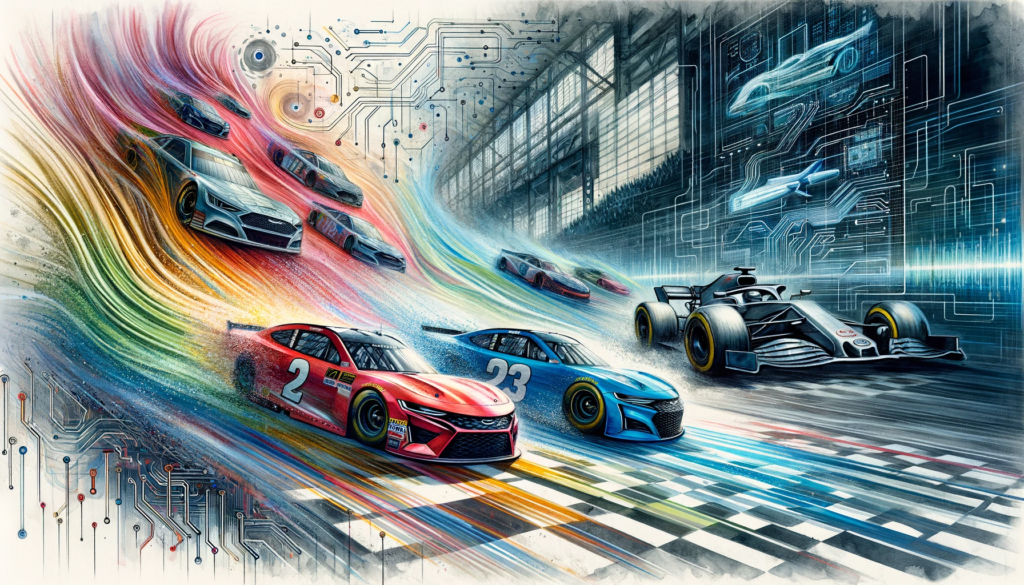
Wind Tunnels to Laptops: The Unlikely Tech Revolution in Racing
A swift advance in design and automotive development persists, constantly embracing modern technologies and the best practices that come along with them. It’s an exciting time in motorsports, and the Ohio-based computational fluid dynamics (CFD) consultant, TotalSim, is at the center of this tech evolution, particularly in aerodynamics and racing.
Ray Leto, the president of TotalSim, provides insight, “Aerodynamics now play a role from the summit of the motorsports hierarchy with NASCAR and F1, right down to grassroots racing. A surge of information in recent years has allowed these technologies to be used, not just in top-level racing.”
Indeed, aerodynamics isn’t just for the high-level racers anymore. On-track, physical, and wind tunnel testing are commonly used to analyze aerodynamics. TotalSim believes it has found the perfect blend that allows faster aerodynamic testing at a more economical cost.
The secret ingredient? Computational fluid dynamics (CFD). While wind tunnels test how air moves over a physical model, CFD uses numerical analysis to predict fluid flow digitally. The power to predict fluid flow, heat transfer, and other flow characteristics has been amplified thanks to advances in computing power.
The end product of CFD is innovative data of ‘what could be.’ Digital modeling and simulation allow for the input of real-world variables to create detailed maps of a vehicle and its performance. It empowers teams to understand their car thoroughly, providing the power to optimize what they already have.
This innovative process is what TotalSim’s co-founder, Naethan Eagles, will be elaborating on during his seminar at the upcoming PRI Show in Indianapolis, focusing on saving time and cost in research and development.
Interestingly, only a while ago, this kind of technology was too costly for most. The financial barriers have been gradually torn down, mainly due to the spread of 3-D scanning technologies.
Leto recalls, “15 to 20 years ago, a tiny group of experts used this software effectively. We’ve seen, and have become part of, is the incorporation of automation.”
TotalSim uses a combination of open-source, commercial, and custom codes for aerodynamic testing and analysis, utilizing software such as OpenFOAM and Star-CCM+. Thus providing efficient and cost-effective results to their clients.
The real trick, it seems, in reaping the benefits of CFD is to trust experts who have already decoded it – and wrapped it beautifully for your convenience.
Now, clients don’t have to pick one software over the other. TotalSim’s expertise is spread across numerous tools and can be personalized for specific client needs.
“Racecar modeling is all about swift turnaround, swift analysis, and consistent ways to create results that you can reproduce on race day,” Leto adds.
Despite the compelling benefits of CFD, branching into this new terrain can bring along a feel of unease. Therefore, strategically partnering with a consulting team like TotalSim makes good sense for most companies, particularly within the SME cohort. Staying ahead of the competition in the fast-paced world of motorsports involves making the best investment.
Don’t let uncertainty about where to start hold you back as you embark on your simulation journey.
The Short Track Girl
🏁 I am a track enthusiast & racing journalist 📝. Turning up the heat on and off the track 🔥. Rocking red-soled heels like it’s the finish line 🏎️👠 you can find me tweeting @The_ST_girl
